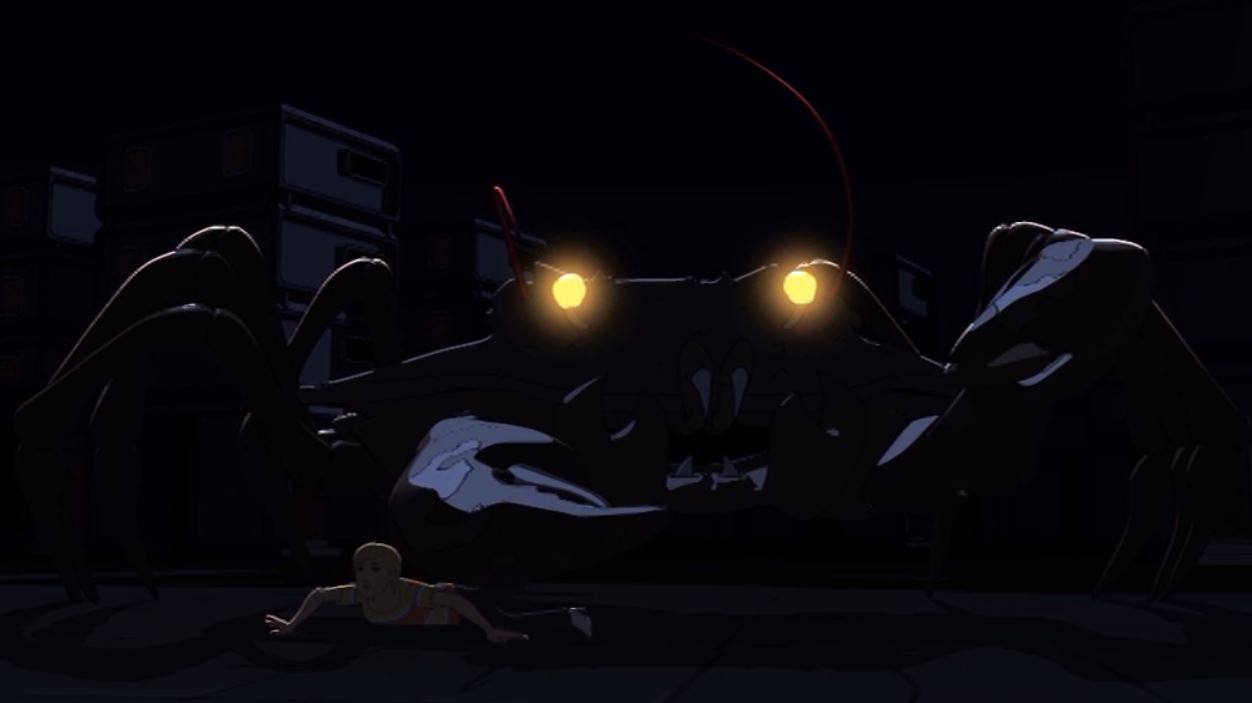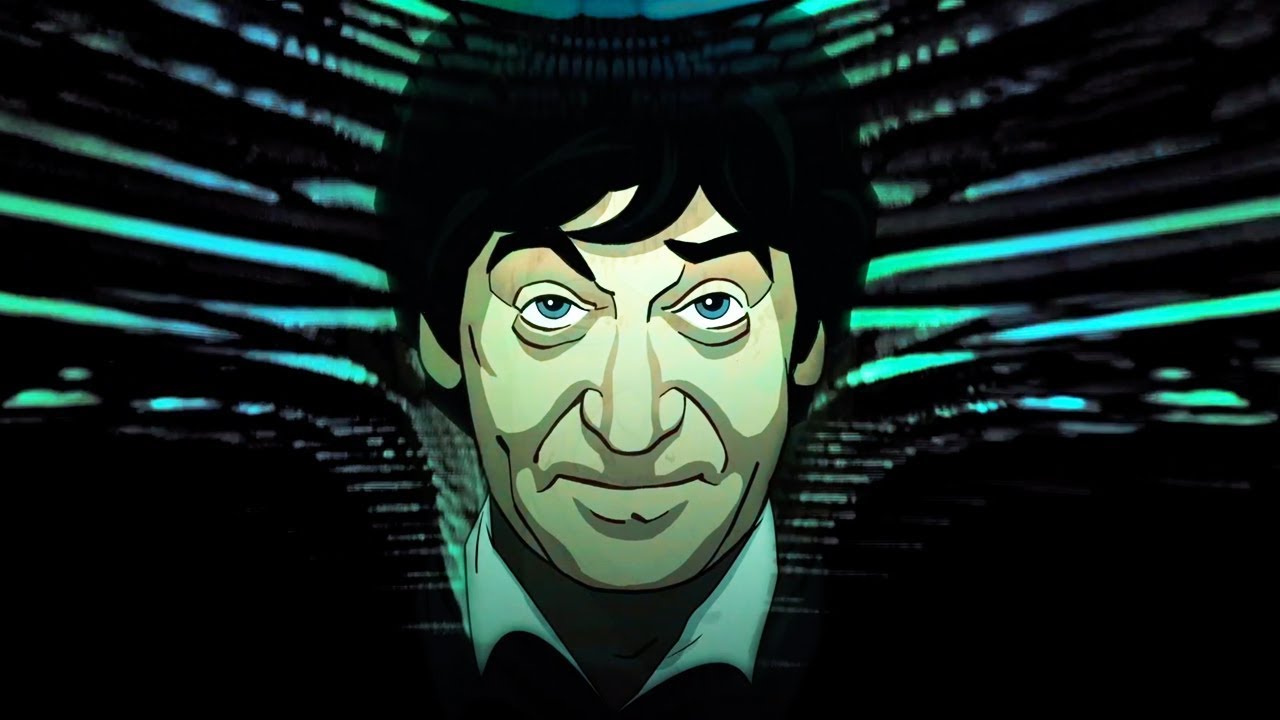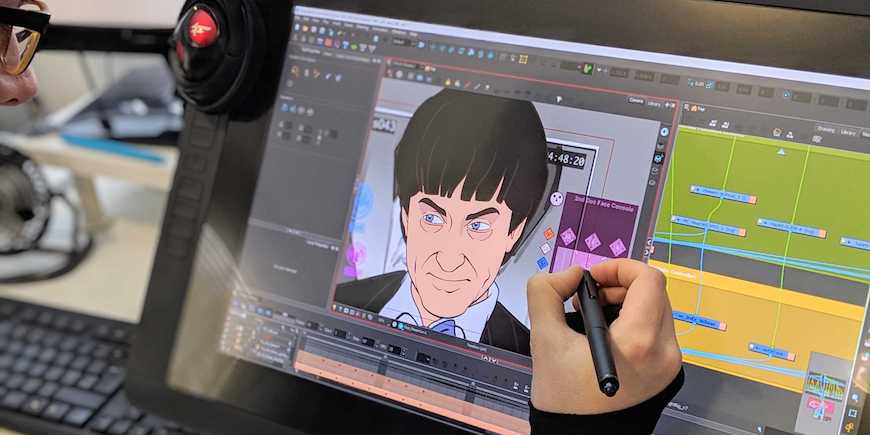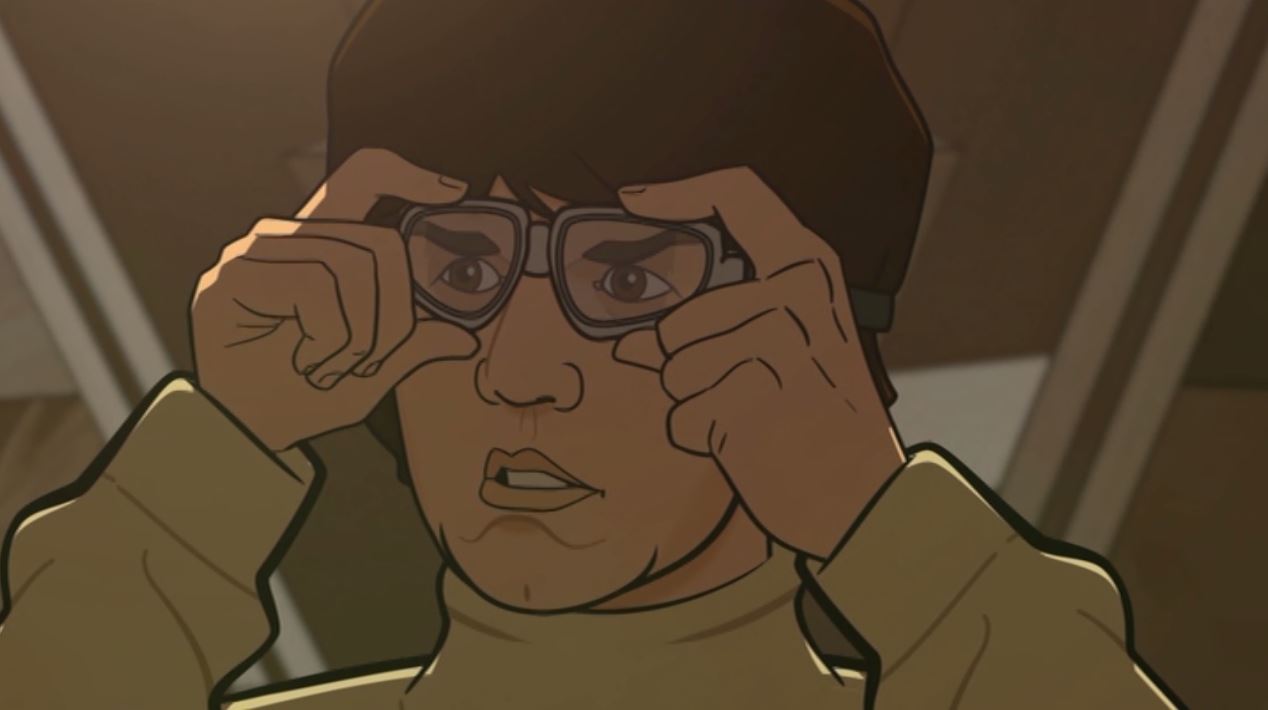
Second Doctor lost story The Macra Terror was finally released on DVD and Blu-ray last month, almost 52 years after its original broadcast and five months after it was announced that surviving audio recordings of the serial would be combined with brand new animation. But while it may not feature the Daleks (like The Power of the Daleks) or be written by Douglas Adams (like Shada), there’s still plenty to love about this long-awaited release of an underrated gem.
The dystopian plot

The Macra Terror was originally broadcast as part of Doctor Who’s fourth season – an unusual and often overlooked period in the show’s history, where many elements of the programme were undergoing a steady transformation, storylines weren’t yet dominated by monster-of-the-week shenanigans and writers could still deliver slices of delightful ’60s weirdness. In the case of The Macra Terror, the plot is centred on a seemingly idyllic colony manipulated by an omnipresent overlord into an endless cycle of mundane labour and forcefully cheerful recreation. Think Orwell’s Nineteen Eighty-Four meets The Wizard of Oz, but the Wizard was secretly a giant crab all along. The end result is a satirical story that is genuinely thrilling while also being very fun.
The TARDIS crew
The Macra Terror was the second-last story for the TARDIS team of the Second Doctor, Ben, Polly and Jamie, which is a shame as they’re really starting to work well together here. Jamie is a loveable goof throughout, from his confusion after the brainwashing scene (“They haven’t been able to get very far into your brain.” “Eh? I don’t understand.”) to his improvised dance during the cheerleading scene. Michael Craze meanwhile gets to show off his acting chops, as Ben is rather more susceptible to the brainwashing process – losing his Cockney accent when he’s under the influence and frightening Polly almost as much as the Macra. And while Polly plays a bit of a damsel while being attacked by Ben/the Macra, she’s also the Doctor’s main companion during the climactic final episode. This team may sometimes be forgotten, but The Macra Terror sees them at their best.
The visual upgrade

While the animated version of The Power of the Daleks sought to recreate the original production as closely as possible, the team behind The Macra Terror have taken some creative liberties and injected the story with a high degree of visual flair, taking it beyond what could have been produced by the original production team. Perhaps this is most obvious in their design of the Macra themselves: whereas the original Macra prop (there was only one) looked a bit like, well, how you might expect a giant crab built on a ‘60s BBC budget to look, the animated Macra are large, fierce and imposing. There’s even more than one of them! This makes their scenes all the more exciting and really sells the threat these spidery-crabs pose. We’re also treated to sprawling shots of the colony as the paranoid (or is he?) Medok makes his escape attempt, while Jamie’s perilous journey through the gas mine is atmospheric in a way that couldn’t have been achieved in studio.
The colour

Many fans have wondered what certain ‘60s stories would look like in colour, while others believe they should stay in monochrome as they were originally intended. This animated release gives viewers the option to view the story either way – so whether you think the adventure is creepier in black and white, or you’re curious to see how the animation team have played up the slightly psychedelic elements of the plot in their colour choices, the decision is entirely up to you. We would, however, recommend watching the opening titles in colour at least once – they look truly gorgeous. And if you’ve ever found yourself debating Ben’s true hair colour with another fan, you finally have a way to settle it!
The special features

Classic Doctor Who releases have long prided themselves on their comprehensive suite of special features, and The Macra Terror is a real doozy. The release is absolutely packed with extras, covering the original production, the animated version and everything in between. There’s audio commentary featuring members of the cast and crew, a digitally remastered compilation of the original story’s surviving footage (all 2 minutes of it!), behind-the-scenes footage showcasing construction of the Macra prop, and – in a move that is sure to please purists – a stills reconstruction available with or without a narration track read by Anneke Wills (Polly). That’s on top of a series of features covering how the new release went from initial storyboards to final animation, the full 1992 audio release narrated by Colin Baker, an animation of the first 10 minutes of Second Doctor story The Wheel in Space and more. The Blu-ray edition also has a bonus disc that includes the Macra’s return in Tenth Doctor story Gridlock, along with accompanying commentary and Doctor Who Confidential: Cut Down.
The fact that we’re able to watch it!

It seems obvious, but there’s something quite special about being able to watch something that has been unseen in its entirety for over 50 years. Of course in that time there have been reconstructions, novelisations and soundtrack releases, but they just don’t provide the same feeling you get from sitting on (or behind) the sofa, switching on the TV, and watching the TARDIS materialise in a new location for the first time. Having a fully visual dimension to the story also restores the nuance to the performances and the facial expressions of the characters – something that these animations are getting better at with each release. So while there have been no missing episode discoveries for some years now, the animated releases are going from strength to strength, suggesting that it may be only a matter of time before we get to experience a new (old) story all over again.
The Macra Terror is available from the DWCA Shop on DVD and Blu-ray. It can be purchased now from our online shop or in person at our upcoming Sydney day event, to be held on 19 May at Club Burwood – the theme of which is, appropriately enough, ‘Animations and Adaptations’.




